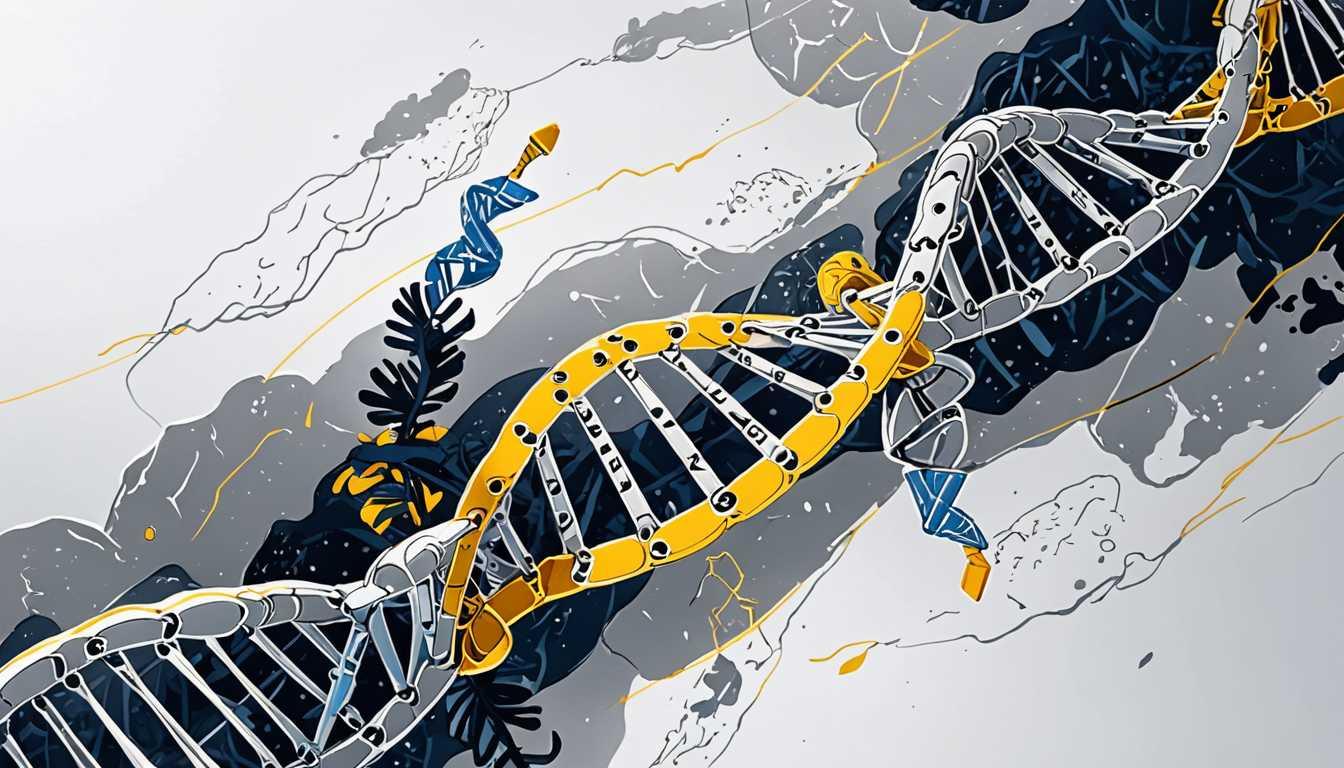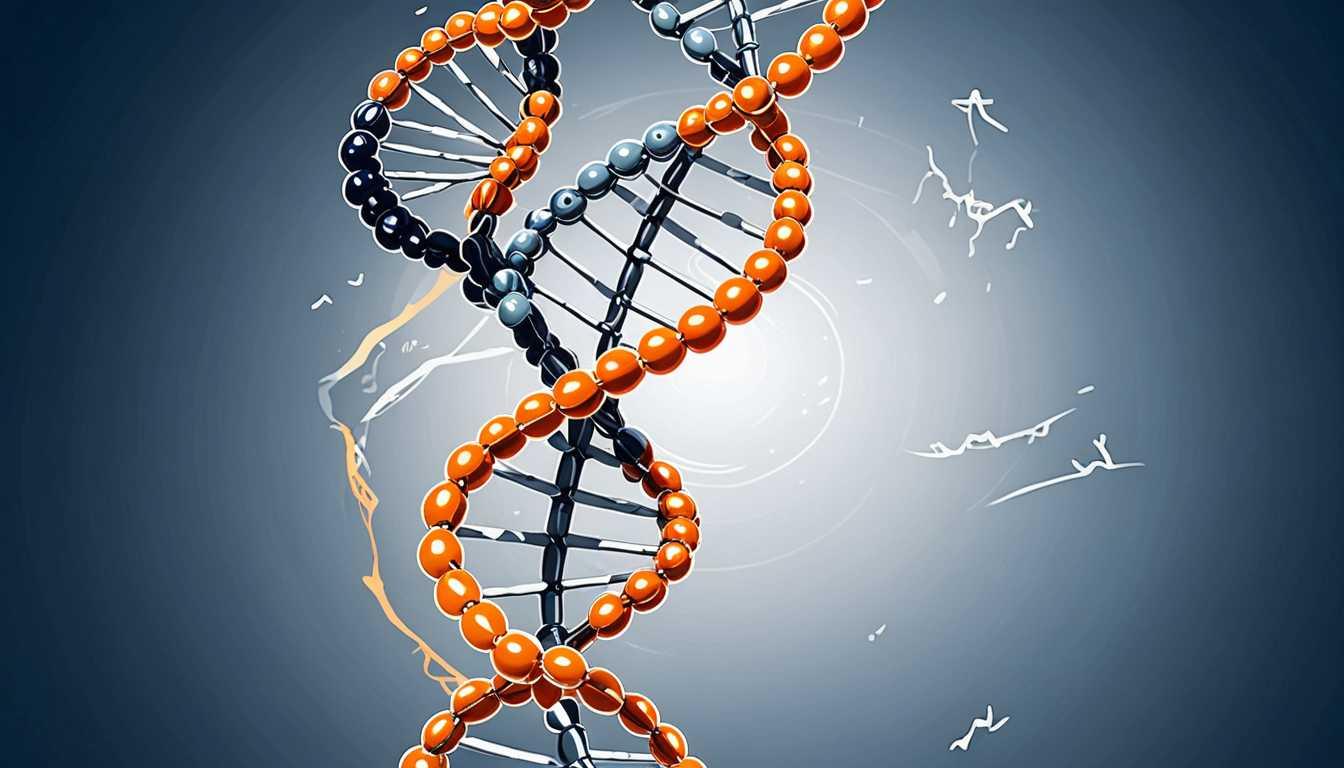Zapping Away Illness: The Electric Revolution
May 2024
MIT Technology Review
Introduction
Ever wondered if we could swap pills for electric thrills? Dive into "The Messy Quest to Replace Drugs with Electricity" from CellImage, where scientists are exploring the electrifying world of brain stimulation. Discover how zapping the brain might help treat ailments—from depression to chronic pain. It’s science with a spark! Get ready for a shocking read that’ll leave you buzzing with curiosity!
READ FULL ARTICLEWhy It Matters
Discover how this topic shapes your world and future
Electrifying the Future of Medicine
The intersection of electricity and medicine is one of the most exciting frontiers in science today. Imagine a world where chronic diseases like diabetes and asthma could be managed not with pills, but with tiny electrical devices that communicate directly with your body’s immune system. This revolutionary concept, known as electroceuticals, is reshaping how we think about healing. By tapping into the body's electrical signals, researchers are exploring the potential to replace traditional medications with these innovative technologies. This could lead to fewer side effects, personalized treatments, and ultimately, a healthier world. Understanding this topic is significant not just for scientists but for everyone, as it might one day affect your own health and the way you interact with medical treatments.
Speak like a Scholar
Electroceuticals
These are medical devices that use electrical signals to treat diseases, aiming to replace traditional drugs with more targeted therapies.
Neural Pathways
The routes through which electrical signals travel in the nervous system, which can influence various bodily functions, including immune responses.
Galvanotaxis
The movement of cells in response to an electric field, which can play a role in healing wounds and repairing tissues.
Bioelectronic Medicine
A term that encompasses the use of electronic devices to modulate biological processes, often involving the nervous system and immune responses.
Inflammatory Reflex
A process by which the nervous system can regulate inflammation in the body, potentially providing new ways to treat autoimmune diseases.
Cadherins
Proteins that help cells stick together, playing a crucial role in how cells respond to their environment, especially during healing processes.
Independent Research Ideas
The Role of Electrical Stimulation in Wound Healing
Explore how different electrical frequencies affect the healing process and how this could lead to new treatments for chronic wounds.
Comparing Electroceuticals and Traditional Medications
Investigate the pros and cons of using electrical devices versus pharmaceuticals in treating chronic diseases, focusing on patient outcomes and side effects.
Galvanotaxis in Action
Study how galvanotaxis can be harnessed to create more effective bandages or treatments for injuries, including the mechanisms behind cell movement.
The Future of Bioelectronic Medicine in Treating Autoimmune Disorders
Analyze current research on how bioelectronic devices might revolutionize treatment approaches for conditions like rheumatoid arthritis or lupus.
Electric Fields and Non-Excitable Cells
Delve into how non-neuronal cells respond to electrical stimulation and the implications for developing new therapies for various diseases outside of the nervous system.
Related Articles
Neurons: Tracking Aging for Brain Health Insights
July 2024
King's College London - News

Tiny Gene, Big Impact: A Genetic Breakthrough
June 2024
University of Bristol

HIV Research: The Unexpected Medical Revolution
December 2024
Harvard Gazette

Ultrasound: A Game Changer for Brain Health
June 2024
MIT News

Revolutionizing Vaccine Delivery: A New Era
May 2024
King's College London - News